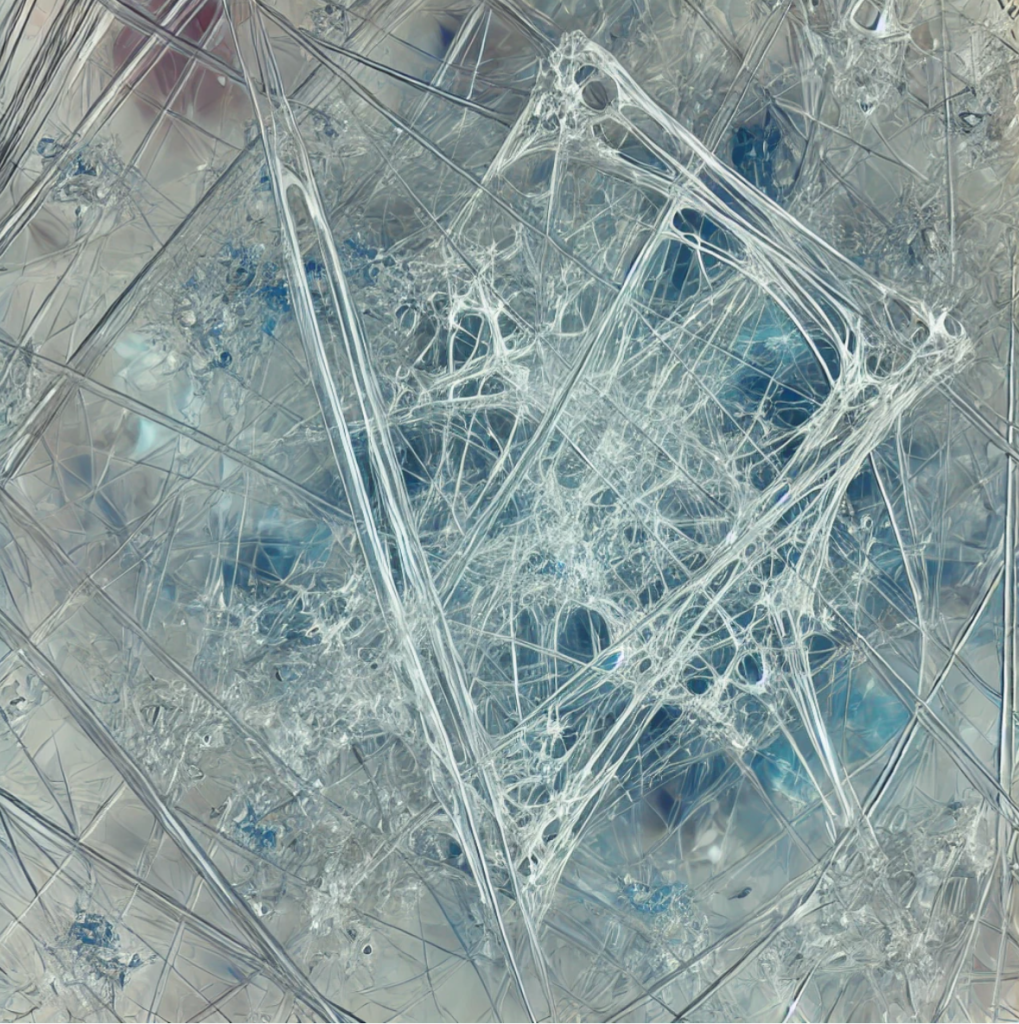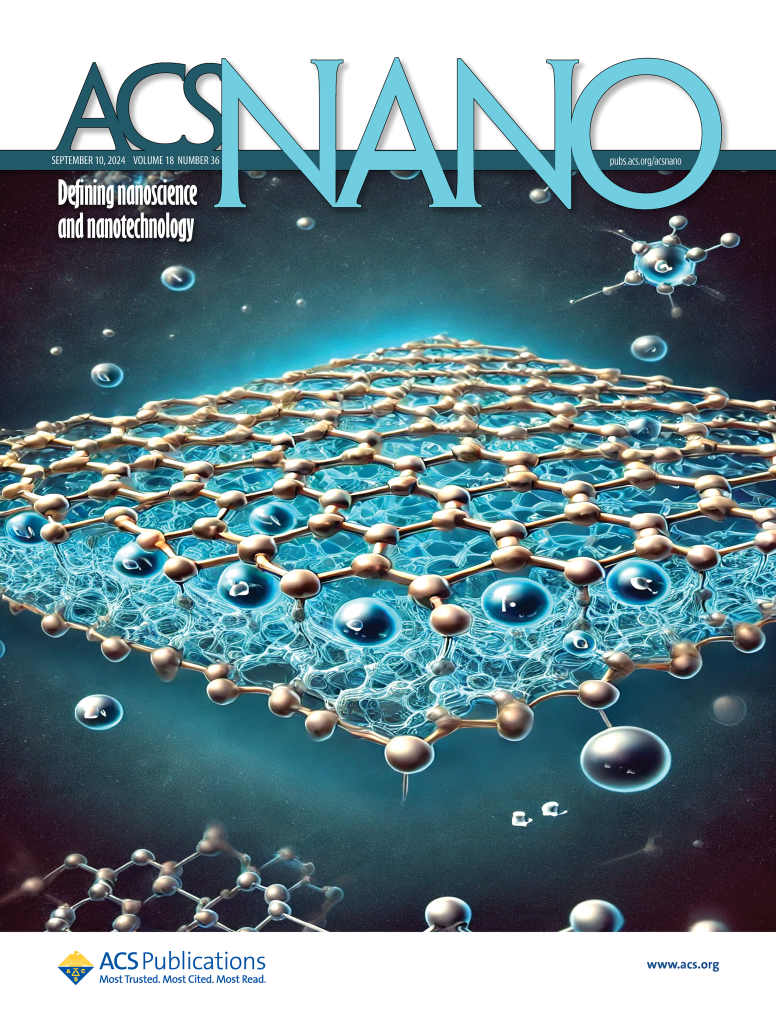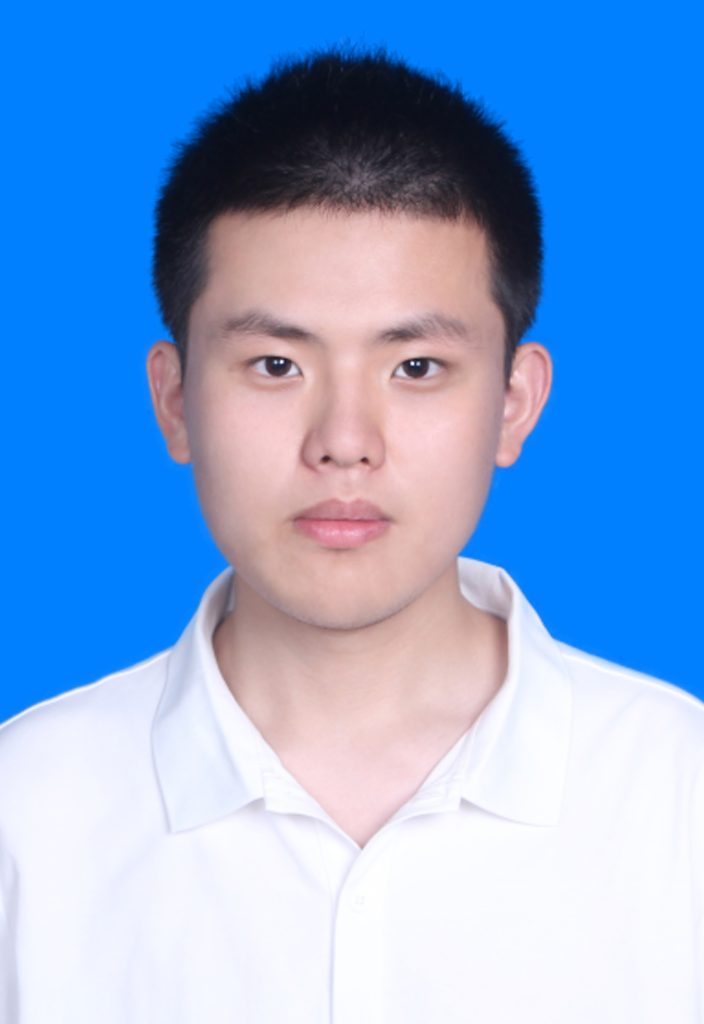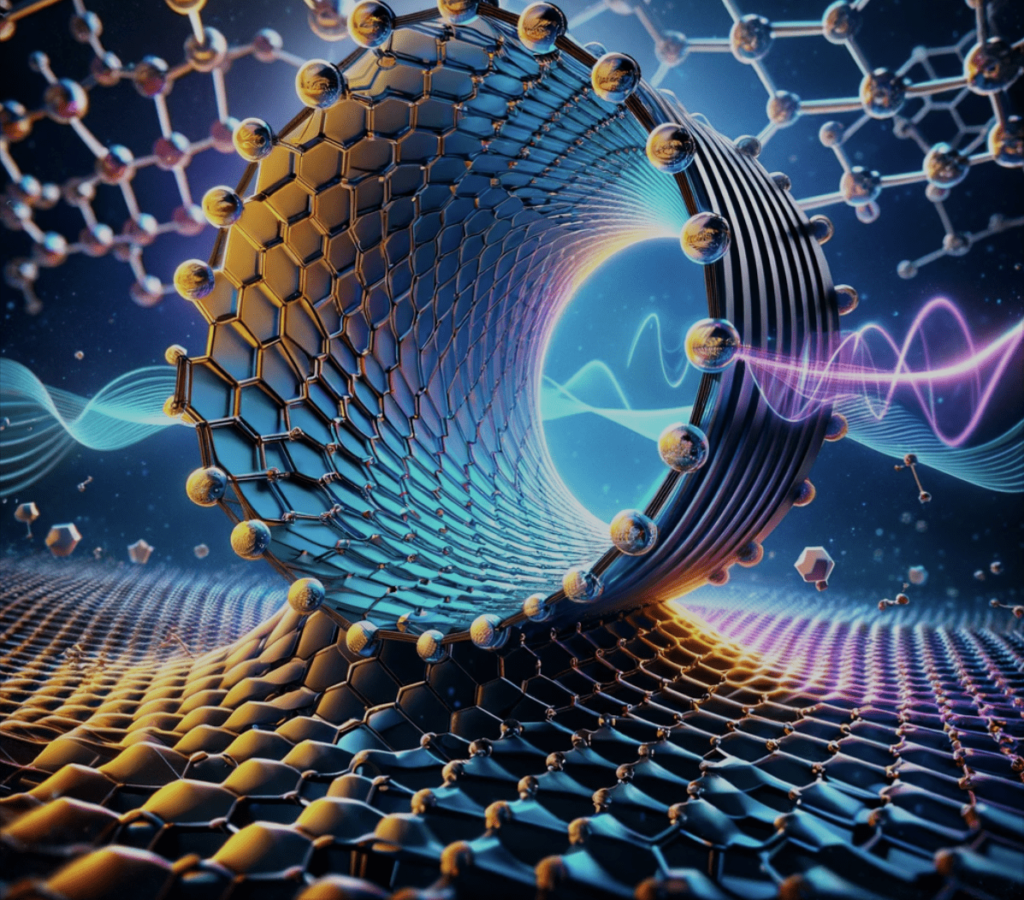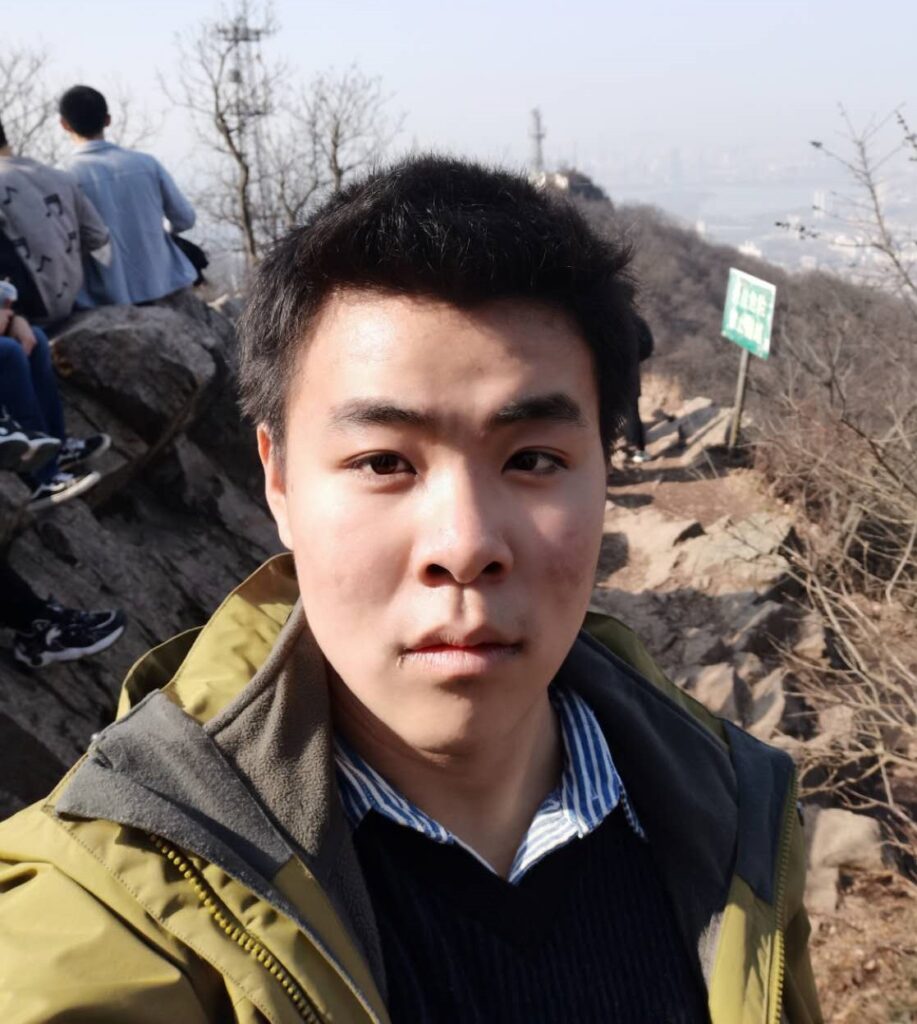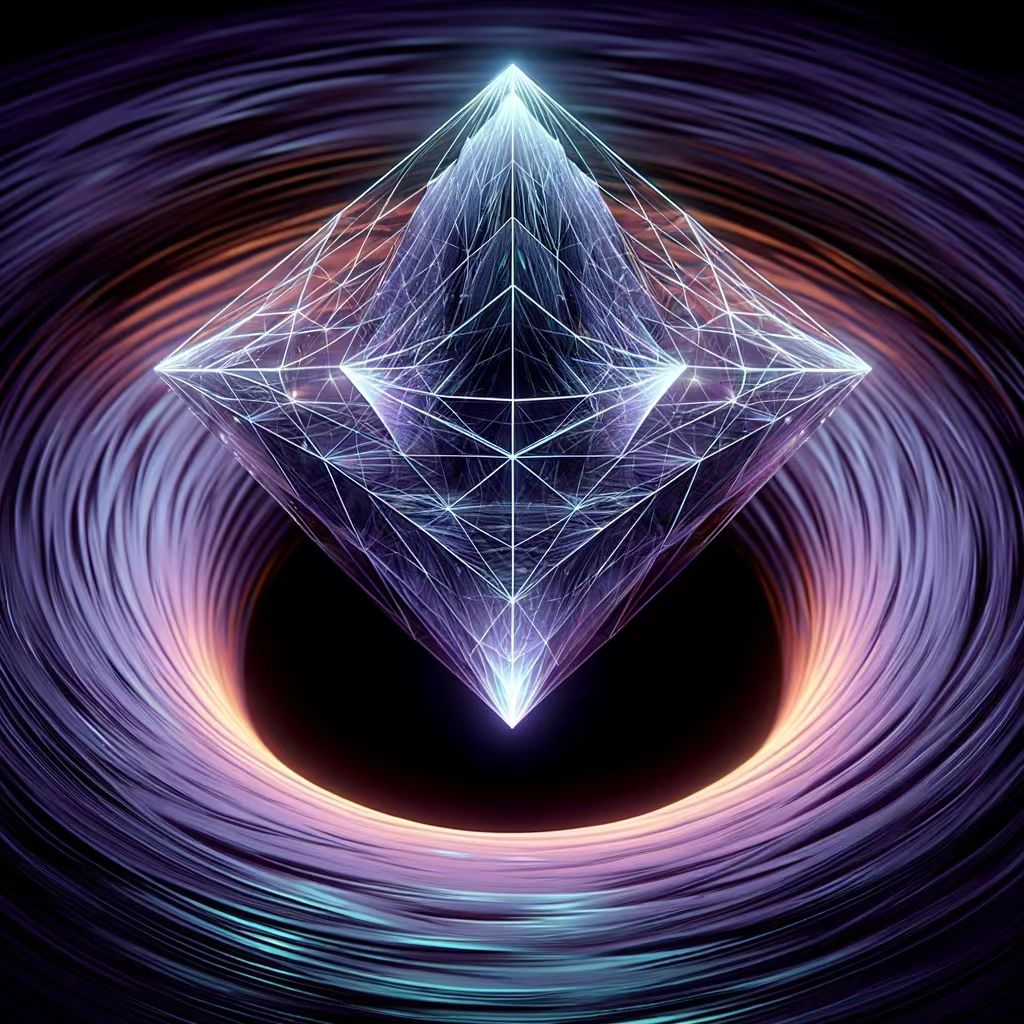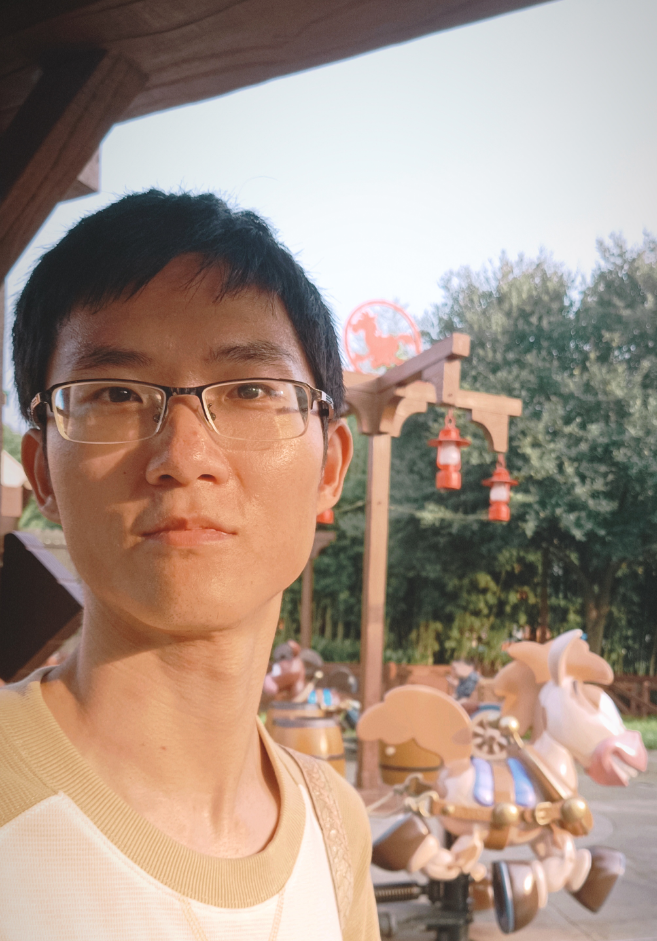
Geometry and topology play a central role in modern physics, from the formation of cosmic strings in the early universe to the intricate growth patterns of leaves and rose petals. From an applied perspective, topological defects are key to understanding mechanical failure in solid materials and to describing melting phenomena in two-dimensional systems.
Defining defects, however, requires a reference configuration, typically an idealized ordered background. In crystals, atoms are arranged in periodic lattice structures, breaking continuous translational symmetry down to a discrete subgroup. This ordered background allows for a precise definition of defects such as dislocations and disclinations.
In contrast, amorphous materials, like the glass in a window, lack long-range order. Atomic arrangements are disordered beyond a few interatomic distances, making the identification and classification of defects particularly elusive. Yet this is not merely an academic challenge: the ability to predict where and how a glass might fail under stress has direct implications for material design, safety, and engineering.
In recent years, significant progress has been made in identifying topological defects in glasses. However, these developments have largely been confined to simplified two-dimensional models, limiting their relevance to real-world materials. In a recent Nature Communications publication, Professor Matteo Baggioli (SJTU), in collaboration with Professor Alessio Zaccone (University of Milan) and Dr. Arabinda Bera, introduced, for the first time, a robust definition of topological defects in three-dimensional glasses.
Their approach draws on the concept of topological hedgehog defects, a playful reference to the small creatures often seen on SJTU’s campus at night. Crucially, the study shows that in three dimensions, topology alone is not sufficient. The geometry of the defect, particularly the spatial configuration around its core, becomes essential. In particular, the team finds that regions prone to plastic deformation and mechanical failure are associated with hyperbolic-shaped hedgehog defects, structures that inherently feature unstable directions.
This work provides a mathematically well-defined, physically grounded framework for identifying defects in realistic three-dimensional amorphous materials. It opens new avenues for understanding failure mechanisms in glasses and offers promising applications across physics, materials science, and engineering.
The work is published in Nature Communications, Hedgehog topological defects in 3D amorphous solids | Nature Communications


